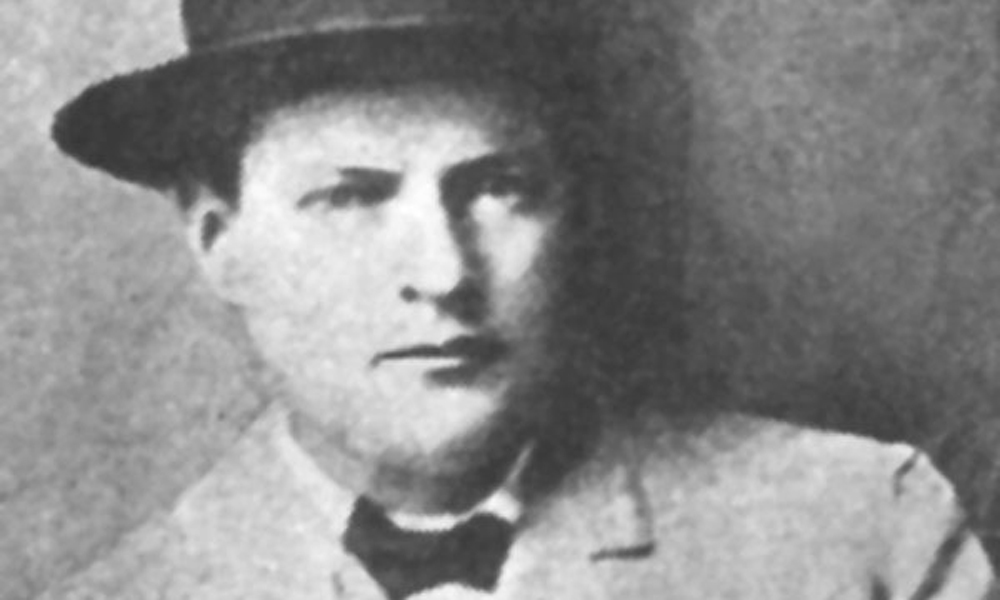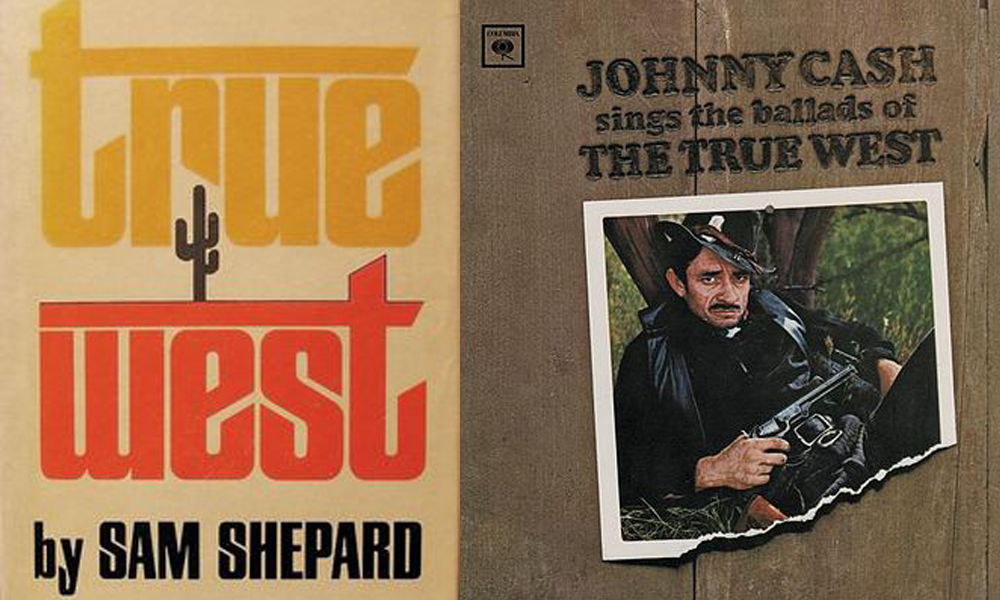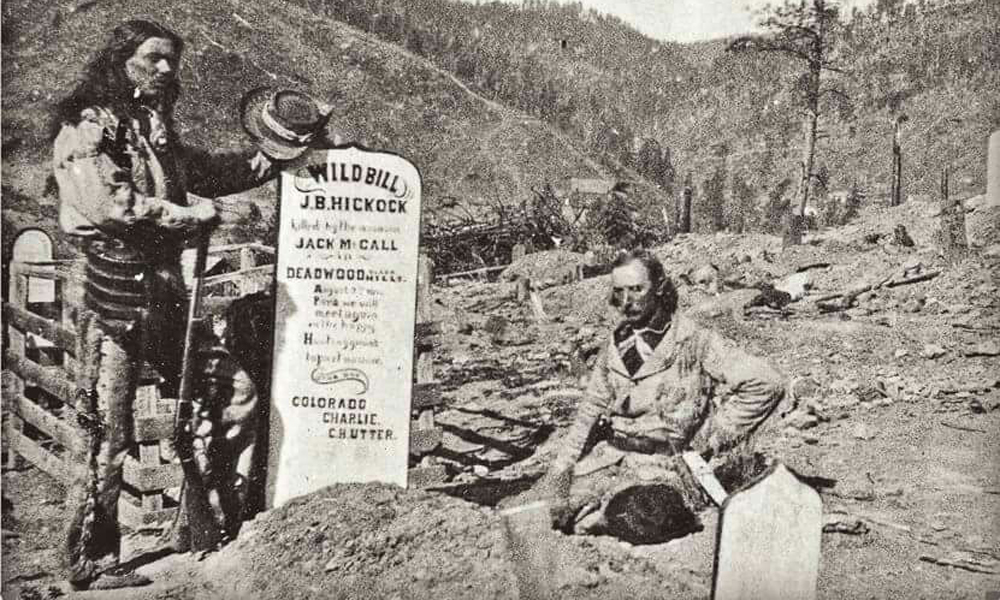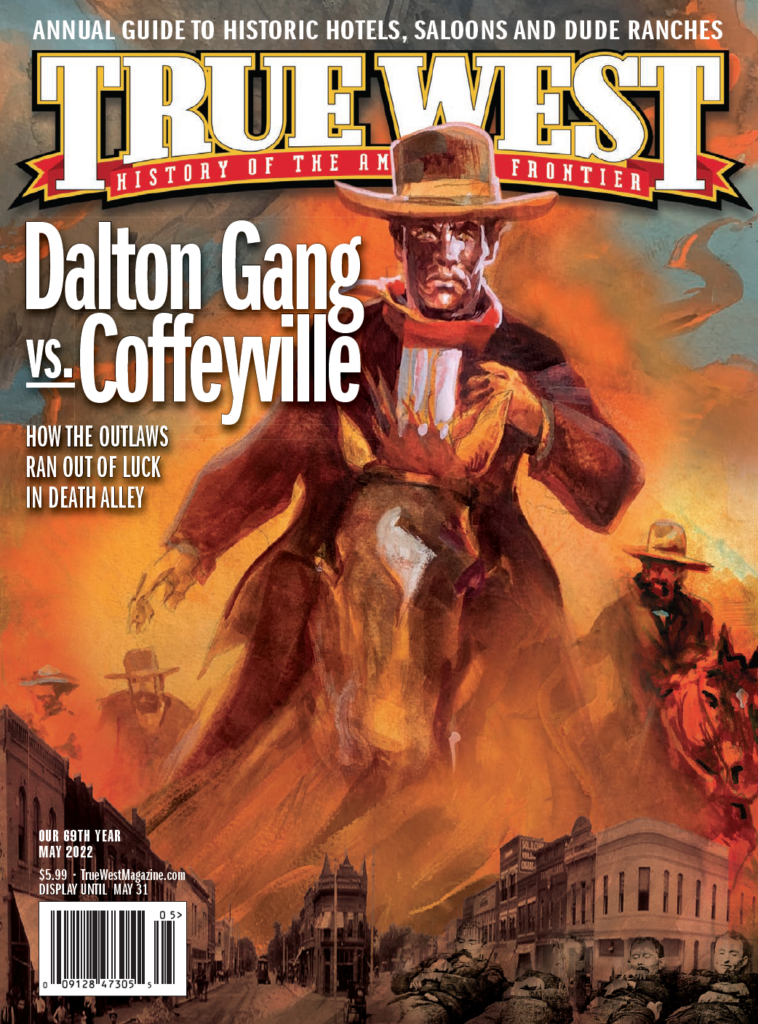A look at our mistakes throughout the years.
We were snookered.
Duped. Fooled. Em-barrassed. Sideswiped by a “discovery” that turns out to be fake.
In the 50 years of this magazine, the editors made a fair amount of mistakes. We’ve parroted popular notions that turned out to be wrong; we’ve taken as gospel things that later were proved to be false. (We’ve also exposed a fair amount of fraud, but that’s another story and we’re not here to crow, but to eat crow.)
That brings us to our issue two years ago, December 2001, when we published a Collector’s Edition on Doc Holliday. Included in that issue was a story we touted like this:
“Doc’s Last Days: A hundred years forgotten, a recently discovered article featuring the memoir of a stead-fast friend, Origen Charles Smith, lays speculation to rest about Doc’s final days.”
We were told the newspaper story we presented in its entirety had been published on February 14, 1899, in the Oklahoma Headlight. We were told no original copies of this newspaper still existed, so all we had was a mangy copy that had been found in a trunk.
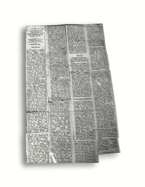
When we printed that story, we thought it was a true representation of Charlie Smith’s memory of being at the bedside of Doc Holliday when he died on November 8, 1887, in a hotel in Glenwood Springs, Colorado. So did the co-author of the article, Holliday’s descendant, Karen Holliday Tanner. So did the guest editor of the issue, Doc Holliday expert Gary L. Roberts.
After our article appeared, “Charlie Smith letters” were published in the Tombstone Tumbleweed, purportedly written by Smith to his parents in the early 1880s. To say the letters immediately raised eyebrows and suspicions among students of Tombstone history is as close to understatement as we can get.
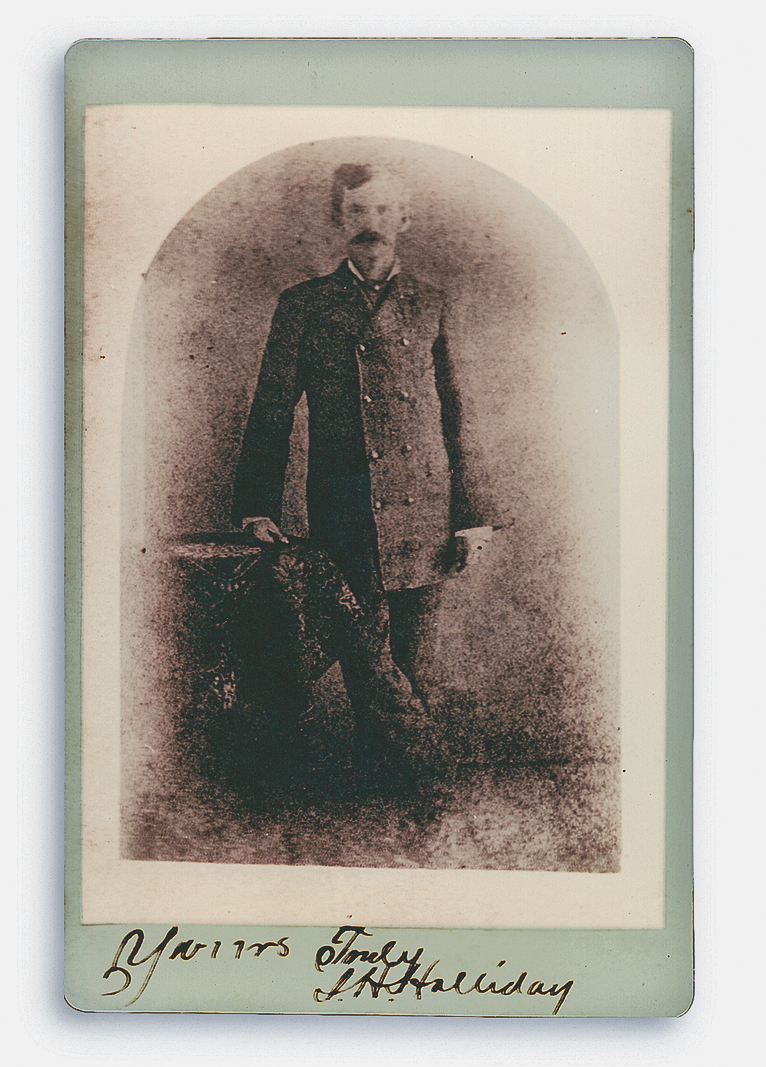
Since then, guest editor Gary Roberts has done exhaustive research into the authenticity of the Charlie Smith letters. He presented his findings to the editors of True West, and this is how we read the evidence.
It doesn’t take you long to realize that the Charlie Smith letters are not only fakes, but terrible fakes; sloppy fakes; fakes so obvious, they’re stunning. And if the Smith letters are fakes, doesn’t it follow that the newspaper clipping based on his “memoirs” is fake too? You bet it does.
The Charlie Smith letters are filled with historical inaccuracies, all of which mirror mistakes made by writers like Stuart N. Lake and Glenn G. Boyer. Consider a few examples:
- Giving Marshal Fred White a wife when he was a bachelor.
- Placing the wrong people at the scene when Curly Bill Brocius killed Marshal White.
- Organizing the Tombstone Vigilance Committee months before it came into existence.
- Electing Johnny Behan sheriff when he was appointed.
- Putting swinging doors on the Oriental Saloon.
- Claiming that Smith went to Tucson to attend Luke Short’s trial for killing Charles Storms when there never was a trial.
On top of that, several passages in these letters sound, oh, too-close-for-comfort to contemporary stories written by others. Consider this example:
- In December 1880, Smith supposedly wrote: “The square cut timbers are loaded into wagons pulled by six horse teams, then hauled past Soldier’s Hole, the Sulphur Springs Valley and over South Pass of the towering Dragoons to the distant mines.”
- Compare that to a 1972 article by J. Beller in Old West: “The squared timbers were loaded in wagons pulled by six horses, then hauled past the Soldier Holes, Sulphur Valley, and over the south pass of the towering Dragoons to the distant mines.”
But most glaring, the “Smith letters” contradict known facts of Charlie Smith’s life:
- The letters were purportedly written to Smith’s mother and father between 1880 and 1882. But Smith’s mother had died in 1845 when he was not quite two years old; his father died when he was about six.
- In a Christmas Day letter in 1882, Smith supposedly wrote: “Received telegram from Father stating that Connecticut River Valley suffered dangerous and blinding snowfalls and that grandfather Smith arrived safely home.” Two problems here: His father died in 1850 and his grandfather Smith died 39 years before Charlie Smith was even born!
- Newspaper accounts of late 1887 clearly place Charlie Smith in Arizona when he supposedly was at Doc’s bedside in Colorado.
And finally, there’s the “polish” of the Charlie Smith letters. They read as if written by a reasonably well educated man who was skilled as a writer. Like this: “It has been almost a year since I set off to see Doc Holliday again.”
But we do have an authenticated copy of a letter Smith wrote, in the collection of researcher Kevin Mulkins, and it reads: “I am vell hopping you ar the same and Ol of you. . . hier is not mutch news evry ting abut the same as ever. . . .”
Yes, the Charlie Smith letters are fakes, and so are his claims of being at the side of John Henry Holliday as death’s door opened.
We don’t like making mistakes.
This one was a doozie.
Other Goofs, Gaffs & Cons
We’ve had our share.
1953
Even though the cover says “All stories true!” almost every article inside is fiction. “Don’t make me kill you, Jim,” Billy the Kid says to James Bell in “Hellacious Young Hellion.” “We’ve been friends an’ I’d sure hate to have to rub you out.” Decent writing, bad history. It took several years before the authentic West caught up to the Pulp West.
1958
True West lets Walt Disney review the opening of Frontierland at Disneyland. Walt proclaims “you’ll find many things to hold your interest.”
1961
One of the most endearing aspects of the early True West issues are the many old-timers who were still around, telling their stories. Unfortunately, many of the stories have turned out to be tall tales. Case in point: “Outlaw Exterminators, Inc.,” (Vol. 26, p. 5) is supposedly based on interviews with one Ray Calhoun. The author claimed that Calhoun’s story was published in the Denver Rocky Mountain News and San Francisco Chronicle on October 12, 1887. Nothing about Calhoun or the events portrayed appears in either paper.
Another most likely phony story is “Flowers for Charley McDaniels,” (first published in Vol. 3, p. 13 and again in Vol. 31, p. 21). The author claims his father, Lewis W. Stone, was a U.S. deputy marshal in El Paso and killed outlaw Charley McDaniels in a fast draw, “walkdown” gunfight. No records or newspaper accounts have been found to corroborate the author’s account.
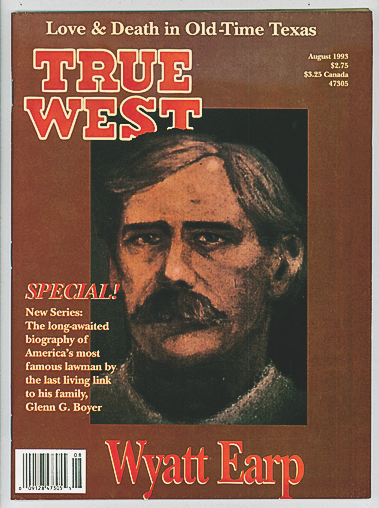
1993
True West begins running a 12-part Wyatt Earp series by Glenn Boyer, which ultimately stretches to 14 chapters (see cover above). The entire opus is riddled with inaccuracies and questionable sources, to say the least. The end result is a serious black eye on the credibility of the magazine at that time.
2001
True West publishes the so-called letters of Charlie Smith who claimed to have visited Doc Holliday on his deathbed.
More falsehoods undoubtedly exist, but these are the most egregious. Our goal has always been to find out the truth, even when it means admitting our own goofs, gaffs and cons.
—Compiled by Gus Walker and John Boessenecker


